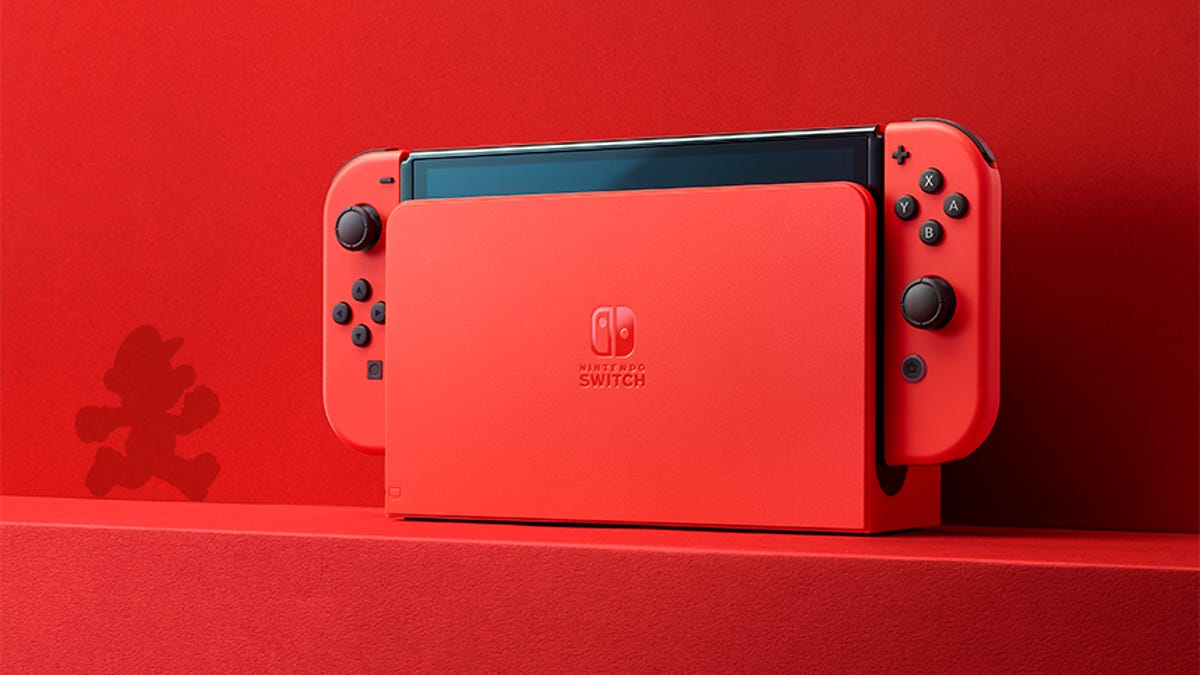Lenovo’s Legion Go combines the features of the Steam Deck and Nintendo Switch | ENBLE
Lenovo's Legion Go combines the features of the Steam Deck and Nintendo Switch | ENBLE
Lenovo’s Legion Go: A Fresh and Innovative Addition to the Portable PC Market

The race to dominate the portable PC market is heating up, with manufacturers scrambling to release their own handheld gaming devices. Following Valve’s successful Steam Deck, we’ve seen the likes of the Asus ROG Ally and the Ayaneo 2S enter the scene. Now, Lenovo is making its foray into this competitive landscape with the Legion Go.
What sets the Legion Go apart from its competitors? Well, to begin with, Lenovo has brought some genuine innovation to the table. This Windows handheld device boasts detachable controllers, a kickstand, an innovative “mouse mode,” and more. But is it worth the $700 price tag? Let’s dive deeper into the Legion Go to find out.
A Capable Device with Some Quirks
On paper, the Legion Go is a powerhouse. It features an AMD Ryzen z1 Extreme processor, 16 GB of RAM, 512 GB of storage, and a 49.2 Wh battery. These impressive specs justify its competitive price point. However, when put to the test, the Legion Go’s performance fell short of expectations.
One of the standout features of the device is its 144Hz 8.8” QHD+ display with a resolution of 1600p. While this may seem like a great selling point, it’s actually quite impractical. Most gaming laptops struggle to handle such high resolutions, and on a handheld device with a smaller screen, it becomes even more demanding. This may explain why the Legion Go’s performance wasn’t as smooth as anticipated.
Despite this setback, the Legion Go has other noteworthy features that make it a compelling option. It offers two USB-C 4 ports, Bluetooth support, a microSD slot, a built-in camera, and two 2-watt speakers. It also operates on Windows, complete with a responsive touchscreen. Navigating in desktop view feels natural and intuitive.
However, there’s one hefty drawback to consider – the Legion Go weighs a staggering 1.8 pounds. Lenovo is working on reducing this weight before launch, but it still poses a challenge. Holding it for extended periods may strain your hands, making portability an issue. In comparison, the ROG Ally, which is equally powerful, offers a much more portable design.
Innovative Controls with Room for Improvement
Lenovo seems to be aware of the weight issue and has designed the controls accordingly. The Legion Go features fully detachable controllers and a built-in kickstand, reminiscent of the Nintendo Switch. It suggests that Lenovo is targeting a tabletop use case rather than a purely handheld one.
While the controls have a standard ABXY layout, they deviate from the norm in terms of design. The detached controllers feel chunky and angular, unlike the sleek, lightweight Joy-Cons of the Nintendo Switch. Adjusting to this new shape might take some time, especially during longer play sessions.
However, the most surprising innovation of the Legion Go lies in its ability to turn the right controller into a mouse. By placing the right controller in a plastic ring (future versions will be magnetized), it can be used as a flight stick. This “FPS” mode replicates mouse-like controls, providing players with pinpoint accuracy. It’s a unique and charming feature that sets Lenovo’s device apart from the rest.
Nevertheless, this innovative control scheme does come with its own set of challenges. Games immediately assume that you’re using a mouse and keyboard, rendering any in-game controls useless. This can lead to confusion, especially in games that heavily rely on keyboard commands rather than controller shortcuts.
Lenovo’s Fresh Idea in a Competitive Market
Lenovo’s Legion Go aims to be a stronger bridge between handheld and laptop gaming experiences. It delivers both in a flexibly designed device, offering a fresh perspective compared to rival devices that only offer incremental power upgrades. While practicality remains a question mark, Lenovo’s ambition is evident.
The Legion Go is scheduled to launch in October with a price tag of $700. Lenovo is also working on a cheaper and less powerful model, although a release window has yet to be announced. As we wait for its official release, it’s evident that Lenovo has entered the market with a device that brings fresh ideas and a genuine wow factor. Whether it can live up to its potential and disrupt the market remains to be seen, but the stage is set for the Legion Go to make a significant impact.






